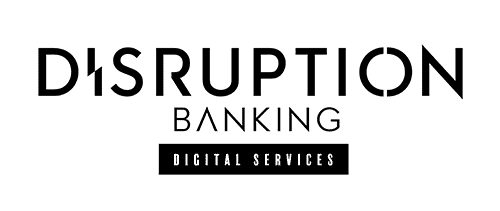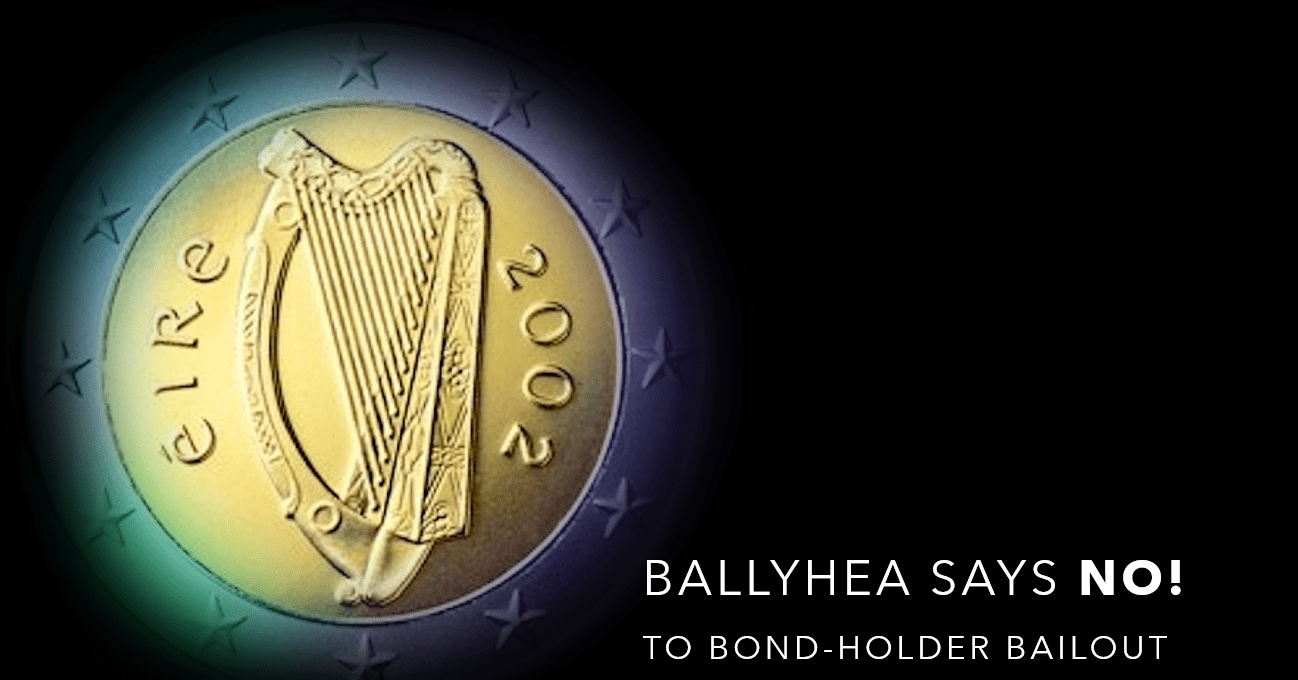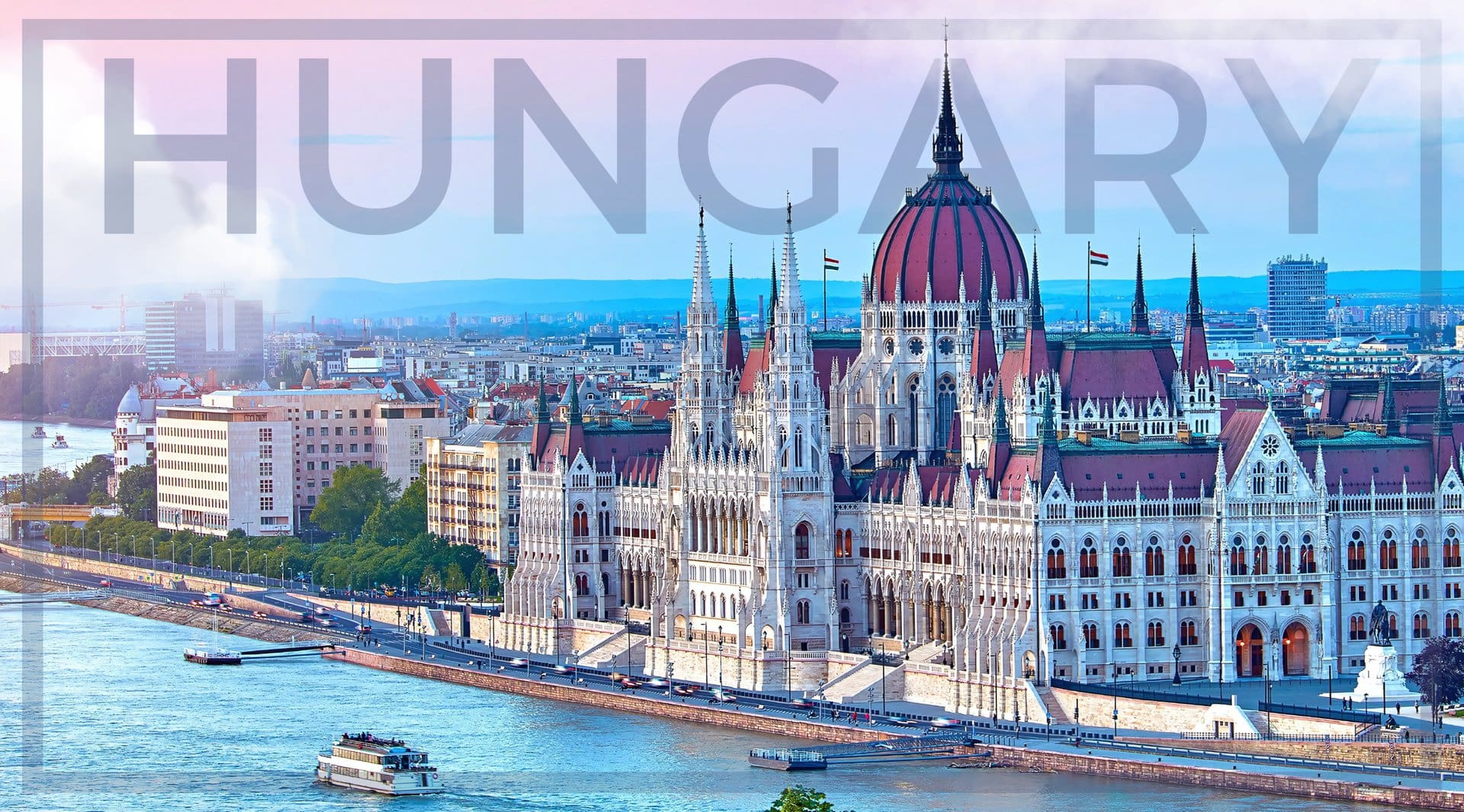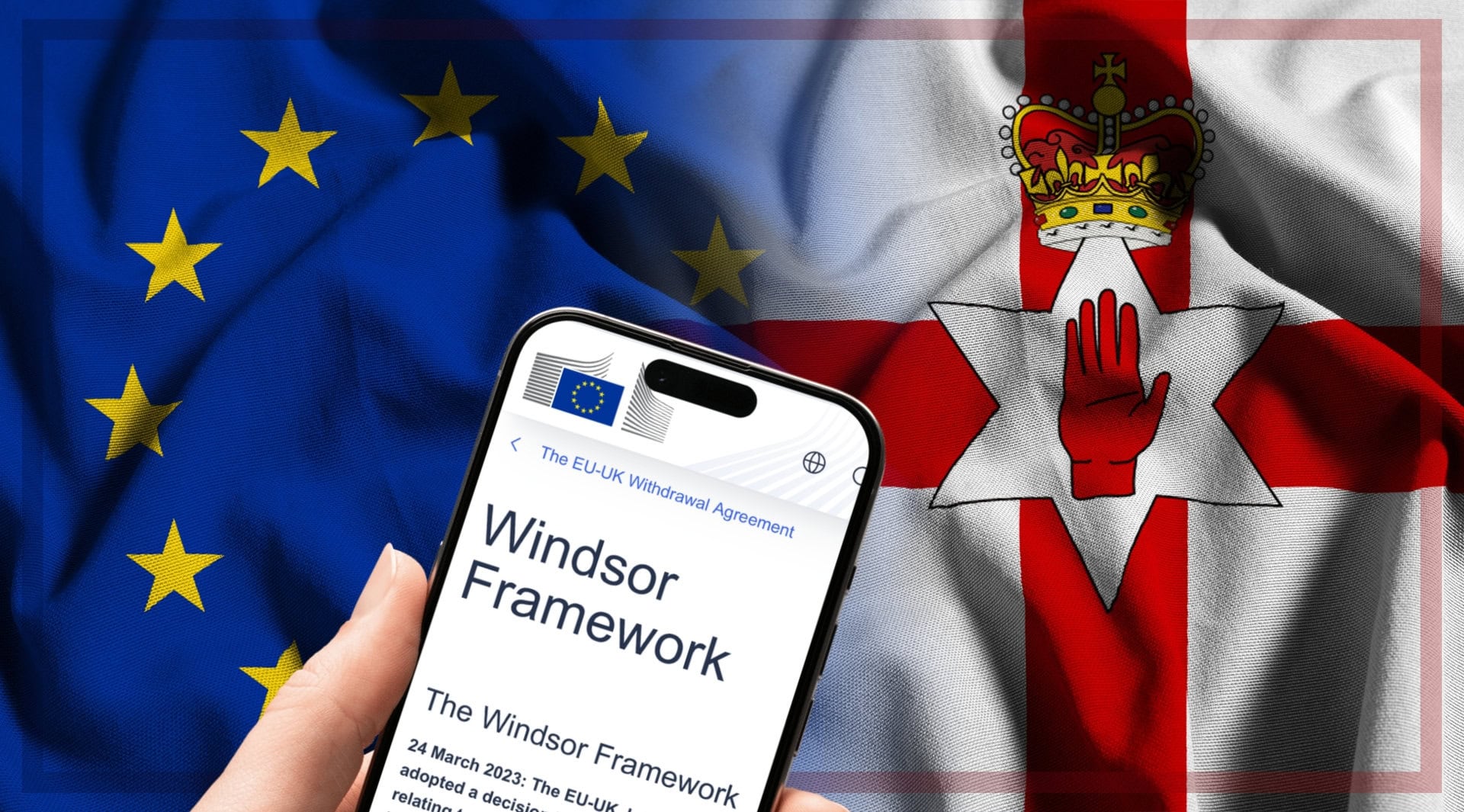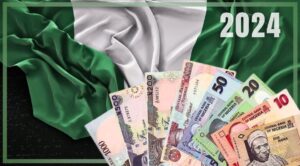Ballyhea is a small and seemingly insignificant parish in County Cork in the south of the Irish Republic. But from 2011 to March last year, it was the centre of a protest march, held each Sunday after mass, to oppose the Irish taxpayers’ bailout of bondholders. This was an obligation that was imposed on Ireland by the European Central Bank (ECB), International Monetary Fund (IMF), and European Commission during the eurozone crisis.
Ireland’s economic tragedy originates in the heady days of the early 2000s. The Celtic Tiger, drunk on foreign capital, experienced a dizzying property boom. Hundreds of thousands of houses were built for people that never existed, but as the money poured in, the developers kept building. Before this bubble burst, few mainstream economists dared to cast doubt on the narrative of Ireland as the perfect model of success. The Irish journalist Fintan O’Toole has described the view of Ireland at this time: Ireland offered “empirical proof that the way forward for everyone was extreme economic globalisation, low personal and corporate taxes, ‘business-friendly’ government and light regulation.”
Ireland’s economic path was heralded around the world as the example to follow. During America’s televised presidential debates in 2008 John McCain compared America’s tax rate to Ireland’s, suggesting America should follow suit and cut its taxes. The nation that had long struggled to assert itself as an independent state had cast aside old stereotypes and reversed its demographic disaster. The Irish of the early 21st century drove expensive sportscars, holidayed in the south of Spain, and enjoyed a corporation tax set at just 12.5 percent. As Ian Jack has written: “Ireland, though it belonged to the European Union and had earlier benefited from EU largesse, began to see itself as an outpost of American (or Anglo-American) free-market values on the far edge of a continent where various brands of social democracy were still the political norm.”
The attitude was particularly strong amongst Ireland’s political elite whose almost incestuous relationship with bankers and developers would later attract fierce criticism. Writing in Ship of Fools: How Stupidity and Corruption Sank the Celtic Tiger, O’Toole is scathing; “Plonking a hyper-charged globalised economy on top of such an underdeveloped system of political governance and public morality was always likely to create an unbearable strain.”
Ireland’s housing bubble burst in 2007 amidst the global financial crisis and the country fell into a recession for the first time since the 1980s.
Breaking point was reached in September 2008 when the Troubled Asset Relief Program (TARP) failed to steady the markets and panic hit Dublin. Ireland’s three major banks – their balance sheets registered in Ireland coming to 700 percent of the country’s GDP – were on the verge of collapse owing to their overexposure to the speculative property market. Adam Tooze, author of a masterful account of the financial crisis (Crashed), describes the fateful morning of September the 30th:
“After a panic-stricken night of discussion […] the Dublin government announced that for fear of dying it would commit suicide.
“[…] the Irish government was fully guaranteeing not just the deposits but all the liabilities of six major Irish banks for a period of two years. No other government had been advised in advance, nor had the ECB, nor had the Irish taxpayers. It stopped the run, but it left Ireland, with a population of half the size of New York City, guaranteeing 440 billion euros in bank liabilities.”
This guarantee and the vast capital expenses which were injected into Ireland’s ailing financial institutions saw government debt skyrocket. Investor confidence in Ireland’s economy and its government’s ability to service the debt plummeted. Credit became more expensive as Greece’s debt crisis became contagious throughout Europe.
By 2010, Dublin was on its knees and sought a bailout package from the EU and IMF to save its financial markets. The agreed loan came to almost €70 billion, along with the conditions that Ireland would have to slash its public spending.
To save foreign creditors, therefore, the Irish people were to endure years of austerity.
I spoke to Diarmuid O’Flynn, the founder of Ballyhea Says No – a protest movement which has sought to expose the injustice of the bondholder bailout and to protest the capitulation of Ireland’s political class to an immoral imposition on the Irish people.
I began by asking Diarmuid to explain why he decided to start the protest movement in 2011 that saw large crowds gather each Sunday in Ballyhea, a protest that eventually led to Dublin and Brussels:
“In the lead-up to the General Election in Ireland in late February 2011, the two main opposition parties, Fine Gael and Labour, were making strong statements about how they would deal with the Troika, the ECB particularly, and like huge swathes of the electorate I voted for them. Within days of winning an overwhelming majority, however, the Taoiseach-elect (Enda Kenny of Fine Gael) was already capitulating, and came back from a visit to Angela Merkel with his tail between his legs, a very chastened little boy.
“At the time North Africa was aflame, the ill-fated Arab Spring, and taking example from them, I felt it was time we took to the streets in Ireland to protest what was happening.”
This anger was felt across Ireland. An editorial in November 2010 in The Irish Times echoed WB Yeats’ poem of 1913: “Was it for this?” the editorial asked, “the men of 1916 died for: a bailout from the German chancellor with a few shillings of sympathy from the British chancellor on the side. There is the shame of it all. Having obtained our political independence from Britain to be the masters of our own affairs, we have now surrendered our sovereignty to the European Commission, the European Central Bank, and the International Monetary Fund.”
The editorial went on to lament the way in which Ireland’s political class had betrayed the memory of centuries of Irishmen, who had sacrificed everything so that the nation could be free: “The true ignominy of our current situation is not that our sovereignty has been taken away from us, it is that we ourselves have squandered it. […] It is the incompetence of the governments we ourselves elected that has so deeply compromised our capacity to make our own decisions.”
The Irish Times considered Ireland’s proud recent history – a booming economy, independence, the reversal of emigration, and political unity – with the capitulation the state had made to the troika’s demands. To drag the Irish nation “down from those heights and make it again subject to the decisions of others is an achievement that will not soon be forgiven. It must mark, surely, the ignominious end of a failed administration.”
I asked Diarmuid who he blamed:
“I share the blame for the bondholder bailout debacle equally between our own politicians, weak and cowardly, and the EU Institutions. These are the Council (where the Merkozy duopoly dictated), the Commission (which abdicated their responsibility), and the ECB (which went way beyond what was admittedly a limited remit for a supposed Central Bank, became another political arm of the EU and blackmailed, bullied and browbeat Ireland into bankruptcy).”
As well as burdening the Irish taxpayer and future generations with eye-watering levels of debt, the bailout led to severe austerity in Ireland. Diarmuid explains:
“On a national bank-sheet level, Ireland went from a situation in 2008 where we had a National Debt of €47 billion, with savings of €20 billion in our National Pension Reserve Plan (raided to bail out bondholders in our bust banks), to a National Debt now of €246 billion.
“On a more local level, where the government could have opted to increase the low Corporate Tax rate (even as a short-term measure), or imposed a wealth tax, they cut, cut, and cut again those who already had least – single parents, the young, the unemployed, the sick, leading to yet another mass exodus from the country.
“Of course, all that could have been avoided if they had done what they should have done, taken over the two pillar banks, let the rest go to the wall – and handed that particular problem over to the ECB.”
I next asked Diarmuid what he hoped the protest would achieve and asked him why subsequent deals between the Irish government and the ECB were not acceptable to the movement:
“Initially, in our naivete, innocence and ignorance, we were merely trying to stop the bailout of the bondholders, highlighting those bond payments as they arose in our blog BondwatchIreland.
“But over time, as we educated ourselves on what had happened and what was still happening, we decided we needed to do more than just march and post blogs (our main outlet was thechatteringmagpie14) – we needed to act. With this in mind we started making contact with the various EU Institutions, met with senior officials of the Council (Shahin Vallée, economic advisor to Van Rompuy), the Commission (Istvan Szekely, Director Economic and Financial Affairs), two senior officials of the ECB Troika delegation in Dublin, Patrick Honahan on two occasions and Philip Lane on another (Governor of the Central Bank of Ireland and his successor), with David Harmon (Member of the cabinet of Commissioner Máire Geoghegan-Quinn), along with making a couple of visits to the ECB HQ in Frankfurt. We also had several visits to the Dáil (Irish Parliament), and had a Private Member’s Bill presented on our behalf.
“We also held several huge meetings at a major venue in the local town, Charleville, one of which was televised. In our efforts to bring it to a wider audience we featured on TV documentaries from various countries, but strikingly, apart from the Irish language TV station and a national independent radio station, we failed to get any real coverage from RTE, the Irish equivalent of the equally insipid BBC.
“As for the “deals” done by the Irish government, these are all a nonsense – not a single cent of the odious debt that was imposed on Ireland has been written off and even this year, our Central Bank has destroyed €1 billion, the legacy of the bailout of the insolvent Anglo Irish Bank.”
The Ballyhea Says No protesters ended their monthly show of force in March last year, as the pandemic took hold. But they have not given up, and Diarmuid has recently compiled a comprehensive report (titled The Eurozone Crisis: Was the Euro itself a Primary Cause?) which investigates the causes of the Eurozone Crisis. This report was commissioned by Luke Ming Flanagan – an Independent MEP who Diarmuid has worked with as a parliamentary assistant – and is part of the new Ballyhea Says Know campaign.
Diarmuid explains the recent direction of the campaign:
“We felt we had achieved as much as we could with the No campaign; it was time to move to a more positive note and we believed – still believe – that when the Irish people finally become aware of what’s been done to them, there will be repercussions, followed by reparations.
“In what it says and – more critically – who’s saying it, the report is a damning indictment of the EU Institutions, in particular of the ECB, and our target audience for that is, firstly, our elected politicians both here and in Europe, where we’ve already presented it. Secondly, it is for the mainstream media, and some of the more influential and fair-minded voices there.”
The Ballyhea Says No campaign presented the report to the GUE-NGL group of the European Parliament in early March 2020. They are still waiting for a date, however, from either the Public Accounts Committee or the Finance Committee of the Oireachtas to be able to present the same report in Ireland.
Despite the best efforts of people like Diarmuid to explain how the Irish taxpayer has been lumped with billions in debt to protect creditors who made bad investment decisions, there is still a widespread perception in large parts of Europe that the major European countries (particularly Germany) saved Ireland through the bailout. I asked how that misrepresentation is treated in Ireland:
“Of course there’s anger but only so far as it’s known – there are still many given a platform here who sing that stale old song, but the Report highlights just how twisted that perception is, with much of the proof coming from studies done inside Germany itself.”
Finally, I put to Diarmuid the point spokespeople for the ECB have made to defend their treatment of Ireland: the bondholders had to be bailed out because Europe’s financial system was at risk, as was the stability of the Euro. The ECB could not, therefore, allow banks to fail.
“We haven’t really taken issue with this, and fully accept that the EU was in an unprecedented situation, a bad situation and deteriorating rapidly. That it resorted to unconventional means in that crisis – even illegal means, that flew in the face of their own regulations – we also understand.
“But what we don’t understand, and will not accept – will never accept – is that those actions should have been so disproportionately imposed on Ireland, that in the absence of a proper infrastructure for the new currency, the damned euro, we, along with the Greeks and all those other Member States who were forced to take their own actions, were hammered by the Merkozy Franco/German duopoly.
“That so-called ‘pillar banks’ have to be saved is an argument we don’t feel well enough qualified to argue about – we can see the arguments both for and against – but that commercial banks had to be bailed out by the public, that bondholders who were already being paid a premium for the risk they were taking should have that risk then covered by the public? How is that right? We’re awaiting a date from either the Public Accounts Committee or the Finance Committee to present the Report to the Oireachteas – when that’s done, we’ll plan our next move.”
It is now 13 years since the Irish government guaranteed the deposits and liabilities of Ireland’s six major banks, and ten years since the ignominious bondholder bailout agreement. Although Ireland has re-entered the economic mainstream, the country still bears the scars of years of austerity. From April 2009 to 2010, 34,500 left Ireland to search for brighter prospects abroad, the largest net migration since 1989.
The consequences of the bloated property market that came crashing down is not only evidenced in Ireland’s migration figures. So called ghost estates – ostentatious developments which were paused in time when the flow of cheap money dried up – are a physical manifestation of this too. A government inventory in 2010 found that there were 2,846 unfinished estates and more than 100,000 partially built homes across Ireland. Since then things have clearly improved, but 123 estates remain unfinished and 58 are completely unoccupied. These empty houses and ghost estates are a haunting testament to the disaster that befell Ireland.
It is worth stressing again that Ireland’s sacrifice saved not just Irish banks, but financial institutions across Europe. In a book written by Philippe Legrain, European Spring, the striking point is made that “had Irish banks defaulted on all their debt at the end of September 2010, German banks would have lost €42.5 billion, British ones €27.5 billion and French ones €12.3 billion.”
But when in office, all of Ireland’s mainstream parties acquiesced to the troika’s demands, and that perhaps explains why they have been so hesitant to challenge Ireland’s treatment since.
That is why protestors from Ballyhea like Diarmuid, with no background in politics, have become a symbol of the collective defiance and outrage of the Irish people.
The conventional politicians, as Fintan O’toole has argued, “abased themselves and their country”. But Ballyhea, peacefully and courageously, have sought to expose the injustice and will continue to campaign until there is rectification. I wish them the best of luck.
Author: Curran Snell
#Ballyhea #BallyheaSaysNo #ECB #IMF #EuropeanCommission #FreeMarkets #Globalisation #GlobalFinancialCrisis #Ireland #Dublin #MerkozyDuopoly #NationalDebt #Austerity #Bondholders #IrishCentralBank
